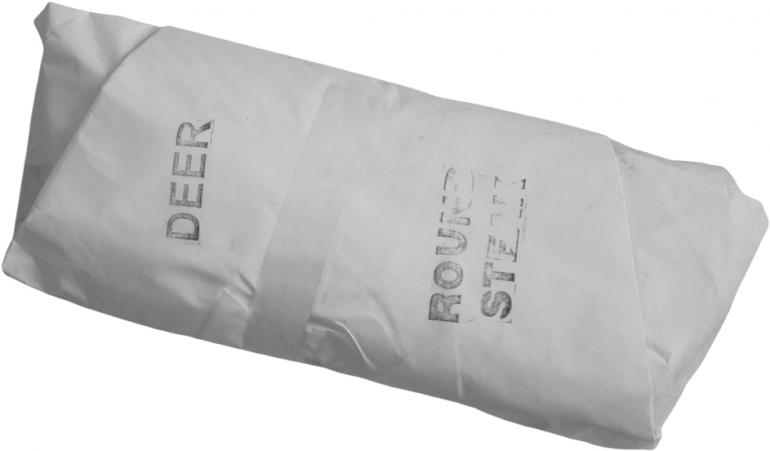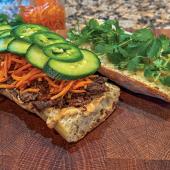Nutritional Benefits of Wild Game
When you hunt, nutrition is the first thing that comes to mind, right? Don’t roll your eyes just yet—nutrition should definitely be considered when deciding if you want that piece of beef steak or an elk roast for dinner.
All meats are an excellent source of B vitamins (thiamin, riboflavin, B6, B12, and niacin), and the minerals iron, zinc, copper, and phosphorus are also plentiful. Meat also generally contains between 20-25 grams of protein per three-ounce serving, which is similar in size to a deck of cards.
But nutritional differences among meats begin to appear when it comes to fat content and the animals’ diet. Wild game has not been raised on growth hormones, antibiotics, or steroids, nor has it been fed grain on a corporate farm, making it a much more natural and healthier choice. The fat content varies widely according to the grade of meat (if store-bought) and its cut. Because studies show that diets high in saturated fat (which is fat from animals) have detrimental effects, leaner meats including elk, deer, antelope, bison, and duck are also gaining popularity as healthier alternatives to beef.
Moist-heat preparation (including braising, simmering, stewing, and steaming) and dry-heat preparation (including roasting, broiling, and grilling) are excellent ways to prepare wild game. Limit charbroiling and deep-frying, though. Charbroiling increases the formation of cancer-causing compounds, and deep-frying contributes calories and trans fats, which increase the risk for developing diabetes and heart disease.
Elk Pasties: A Butte tradition with a hunter’s twist!
2 cups cubed cooked elk roast (1/4-inch pieces)
1 1/2 cups diced cooked potatoes
1 cup beef gravy
1/2 cup diced cooked carrots
1/2 cup diced cooked onion
1 tablespoon chopped fresh parsley
1/4 teaspoon dried thyme
1/8 to 1/4 teaspoon pepper
Pastry for double-crust pie (9 inches)
Half-and-half
Directions: In a large bowl, combine the first nine ingredients; set aside. On a lightly floured surface, roll out a fourth of the pastry into an 8-inch circle. Mound 1 cup filling on half of circle. Moisten edges with water; fold dough over filling and press the edges with a fork to seal. Place on an ungreased baking sheet. Repeat with remaining pastry and filling. Cut slits in top of each; brush with cream. Bake at 450 degrees for 20-25 minutes or until golden brown. Yield: 4 servings. Note: If using purchased pre-rolled pastry, cut each circle in half. Mound filling on half of the pastry; fold over, forming a wedge.













